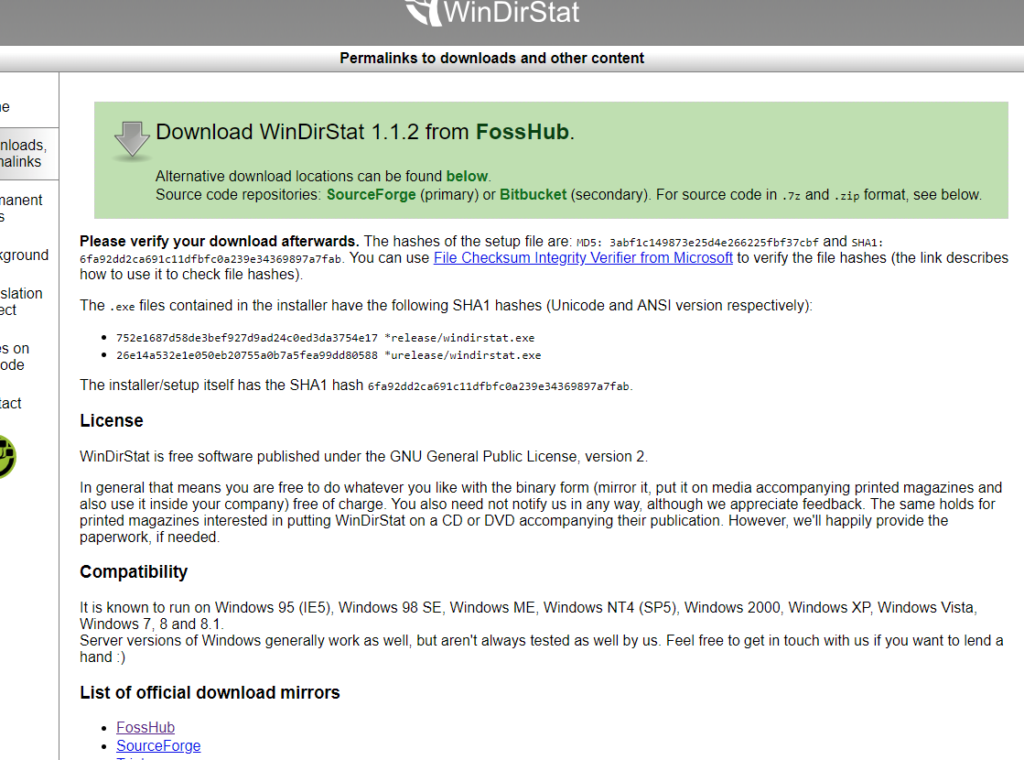
Simply put, it’s a visual representation of all the files on your computer. Using the extension list, it’s easy to understand the entire treemap. In case you want to check full details, you can click on a square, which will take you to the top view of the file. Unlike its leading competitor Disk Analyzer Pro, you won’t be able to view any specific file information. After the scan, all the files are grouped according to specific system folders, which lets you view multiple files from the same time right next to each other.Īt the bottom, the treemap only shows the path of the file. You won’t find any other software making it so easy. The square layout not only makes everything easy to understand but shows the distinction between file types. In the top-right view, these files are color-coded as per the extension list. Each square in this view represents an individual file on the computer. If you want to change the display order, simply click the preferred category.Īt the bottom, you’ll notice the largest view, which is the treemap. It displays files according to size in descending order.

The top view in the program works like a basic file browser. WinDirStat features a color-coded extension list and two different views. But where WinDirStat loses on scanning speed, it wins with comprehensive categorization. When compared to competitors like Disk Analyzer Pro and TreeSize, which take a couple of minutes to run scans, it’s quite slow. Though a bit slow, it gives detailed information you need to clean disk space and improve the processing time of the machine.ĭepending on the disk size, a usual scan can take up to 10 minutes. Based on the popular Linux application KDirStat, it can even analyze local devices.

This free software provides a comprehensive visual display of hard drive usage. Using WinDirStat, easily check the amount of disk space you’ve been using. Use WinDirStat to get directory lists, treemap, and extension lists in one place. Easy cleanups with color-coded stats and file categorization


 0 kommentar(er)
0 kommentar(er)
